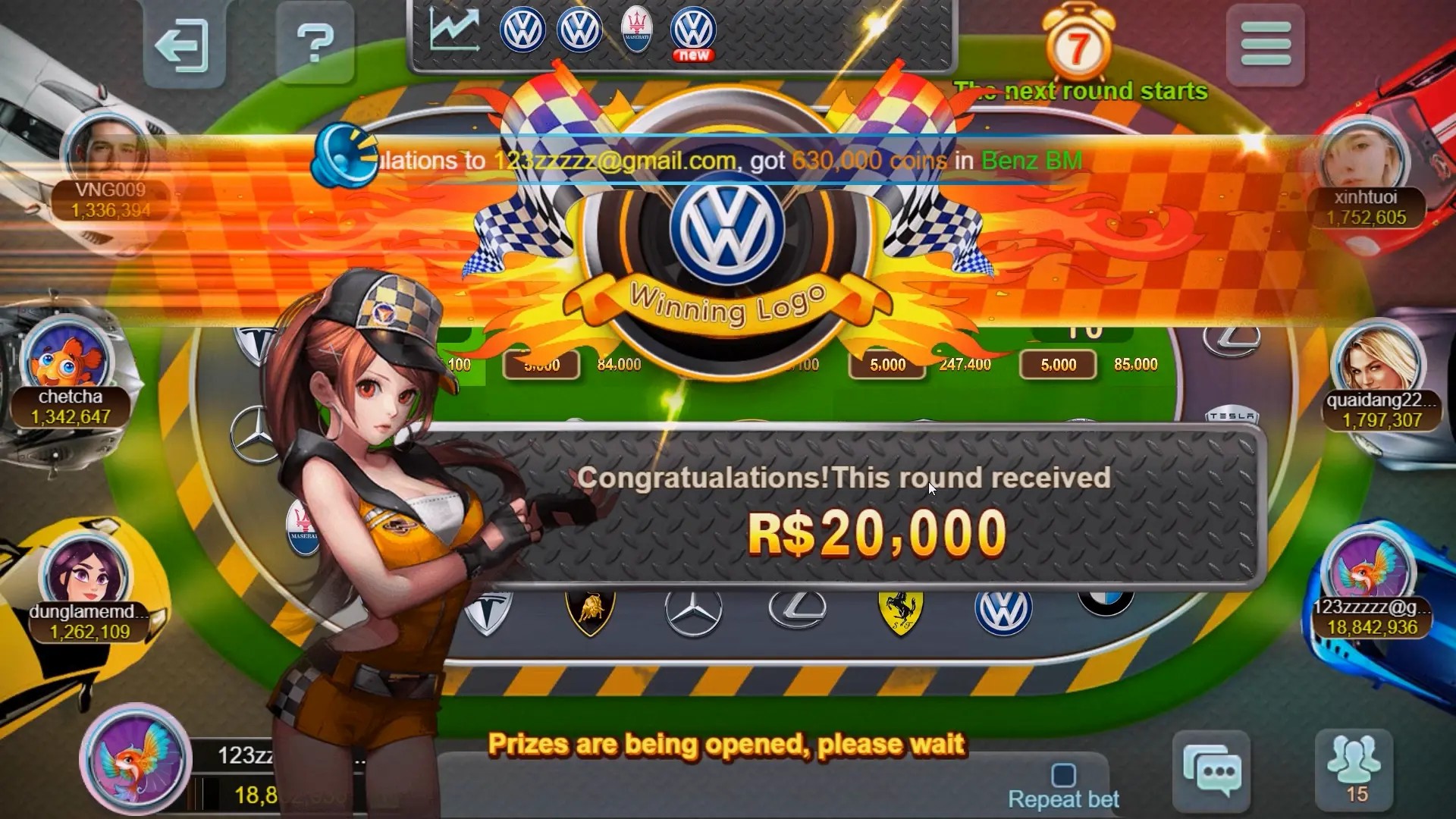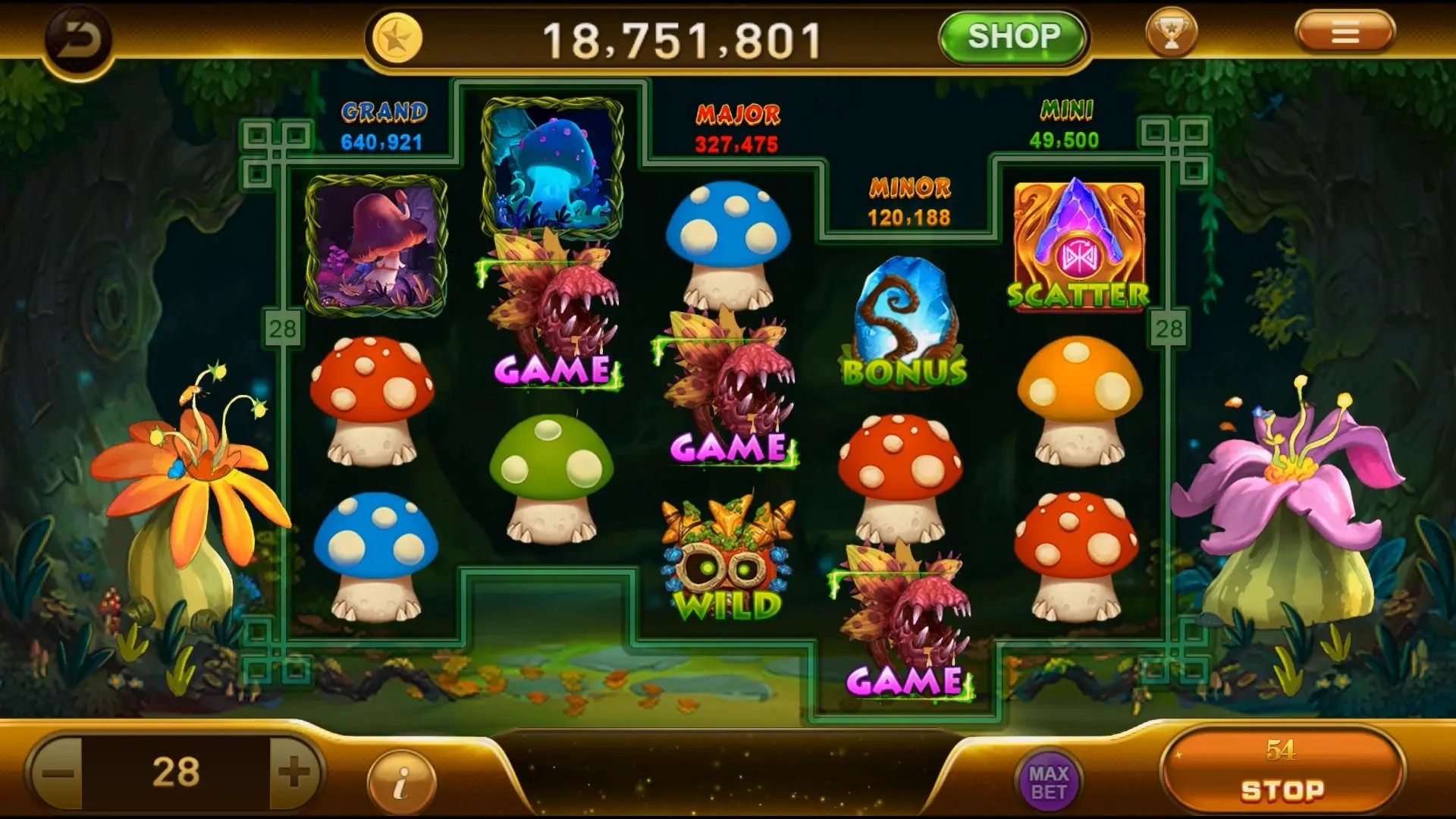Exploring the Impact of Sandbox Games in Modern Education
- Sandbox games allow open-world experiences
- Educational games blend creativity and structured learning
- Sandbox gameplay encourages problem-solving in learners
When most people think about games for education, traditional learning tools may come to mind – flashcards, quiz simulators, or memorization software. However, a newer breed of game, particularly sandbox games, has disrupted the way we view education through gameplay. These open-ended environments challenge learners to create, explore, and discover at their own pace. With educational sandbox games, students aren’t merely answering multiple choice questions or memorizing vocabulary. Instead, they’re actively engaged in constructing understanding through hands-on exploration, trial and error, and even collaboration.
The Rising Trend of Interactive, Open-World Learning Platforms
While the EA Sports FC 24 Standard Edition for PlayStation 5 brings intense realism and competitive mechanics to console gamers, it's not necessarily positioned within the educational games market. However, this level of engagement, real-world simulations, and player-driven outcomes are the very same traits we see in educational sandbox games — just applied to different purposes. Unlike standard learning systems, interactive open-world platforms don’t follow a step-by-step linear process. Players must explore, experiment, and evolve with each interaction.

In educational sandbox worlds, the possibilities aren't locked in rigid parameters like traditional educational software. A child or adult learner can explore historical settings, recreate famous battles using self-built tools, simulate real economies in in-game societies, or build futuristic cities based on real-world physics and logic. Unlike many standard video games that end with a clear finish line, sandbox learning experiences continue to grow in complexity, depending on how much players push their boundaries.
| Feature | Educational Sandbox Game | Traditional Learning Software |
|---|---|---|
| Freedom of Exploration | ✔ High | ✖ Limited |
| User-Created Content | ✔ Yes | ✖ Rare |
| Multidimensional Outcomes | ✔ Yes | ✖ Rarely |
What Makes Sandbox Educational Titles Unique
- Immersive learning environments
- Built on user-generated discovery
- Support multiple learning paths simultaneously
- Educational integration without forced instruction
One core difference lies in immersion. In traditional educational games, learning feels prescribed. There's a quiz after a math problem, a lesson before each activity — all designed around measurable outcomes and curriculum-based structure. Sandbox-based learning flips the formula. A player can jump into a sandbox world knowing only how movement and interaction work but without being guided directly toward any learning goal. It’s a bit of a stealth learning approach: knowledge is gathered through necessity or curiosity rather than direct instruction.
This method works exceptionally well for learners of various cognitive styles — some who learn best by seeing, doing, experimenting rather than following rules laid out beforehand. As a result, modern educators have recognized this potential, and schools are beginning to integrate sandbox-style simulations as supplementary or even primary digital curriculum pieces — without feeling like homework. The lines between educational games, digital tools, and even social experiences are starting to blur — often, by design.
Examples: Educational Sandbox Games That Make a Difference
- Minecraft: Education Edition – Worldbuilding and science concepts in one immersive experience.
- Kerbal Space Program – Rocket design and physics experimentation in a fun simulation.
- Roblox-based physics playgrounds designed by schools
| Title | Focus Area | Platform | Educational Application |
|---|---|---|---|
| Minecraft Education | Programming, logic, physics | Multiplayer PC / Console | Viable in classrooms for collaborative STEM projects |
| KSP (Kerbal Space Program) | Aerospace engineering, math | PC, mobile | Suited to older kids, STEM, and hobbyist-level rocket projects |
| Little Alchemy | Elements fusion simulation | Mobile and browser-based | Creative, curiosity-based chemistry |
- Educational sandbox titles often teach without direct instruction;
- Multiple outcomes allow different types of thinking styles;
- Their open-world design encourages creative thinking and problem solving.
Take a game like Little Alchemy, where users drag items onto each other and discover new ones – a sort of gamified scientific exploration. It’s deceptively simple but incredibly addictive. That kind of engagement isn’t just useful for young minds either; professionals also find value in sandbox-style games where experimentation drives progress. In fact, many engineering simulations and virtual labs now borrow heavily from the design patterns and user interfaces pioneered by mainstream sandbox games.
Cooking Connections: Sides Beyond Gaming – Even with Potato Soup
Though the previous sections focused primarily on digital sandbox learning and educational gameplay, let’s take a detour. When building something – be it a house or just making dinner – variety enhances experience. Similarly, sides to go with potato soup matter when balancing meals. Here are just some examples that might inspire more dynamic thinking in any open-world sandbox environment::
- Sour Cream Croutons: Crunch meets cream – unexpected but effective;
- Avocado-Garlic Salad: Brings in some healthy contrast;
- Pickled Cucumber Bites: Sour, refreshing touch to contrast heavy soup;
- Cilantro-Garlic Cornbread: Sweet, rich and a perfect comfort pairing;
- Classic Rye Breadsticks, perhaps a nod to European culinary traditions;
Interestingly enough, even these sides that complement potato soup can teach subtle aspects of balance, flavor layering and culinary experimentation. You aren’t just picking random options — your mind (or a recipe developer’s) evaluates the sensory outcomes of combining various flavors, much like a game with open-ended exploration. And there’s no “win" or “end point" either – just new variations.
The Educational Sandbox Advantage in a Global Market
In global regions such as Slovenia and other Balkan countries, there is growing enthusiasm among educators toward interactive learning formats. The use of English-based titles, even without complete local translations, shows little slowdown in their educational effectiveness — students often adapt, engage and benefit even more from the dual process of gameplay and language learning.
The rise of accessible, digital classrooms — even partially self-paced through remote access or hybrid models — means that sandbox educational games fit neatly into evolving pedagogies, especially among young to intermediate learners who are comfortable exploring digital interfaces organically. And given their often non-violent, non-competitive nature, sandbox experiences can appeal to a broad demographic that includes educators looking to reduce screen fatigue while keeping students actively engaged and building real-world cognitive connections through virtual spaces.
The Final Word: Why Educational Sandbox Experiences Matter Now
We often underestimate the long-term learning outcomes tied to sandbox gaming. Unlike quick quizzes, memory exercises or linear storytelling, the value here is less obvious in the short term, but deeply formative when assessed over time. In fact, many educational sandbox games subtly promote long-term planning, systems thinking, and problem-solving habits that carry over into school assignments or even career decisions. They’re more like interactive sandboxes where minds grow by trial rather than correction. And when the mind builds and breaks ideas, the learning becomes durable.
The next big breakthrough in digital learning tools could well be another genre borrowed from entertainment, just optimized with education in mind. Whether it's sides with potato soup, or a virtual Mars expedition in an educational sandbox, one fact remains – discovery, creativity, and play have never gone out of style in learning — just the medium keeps evolving.



